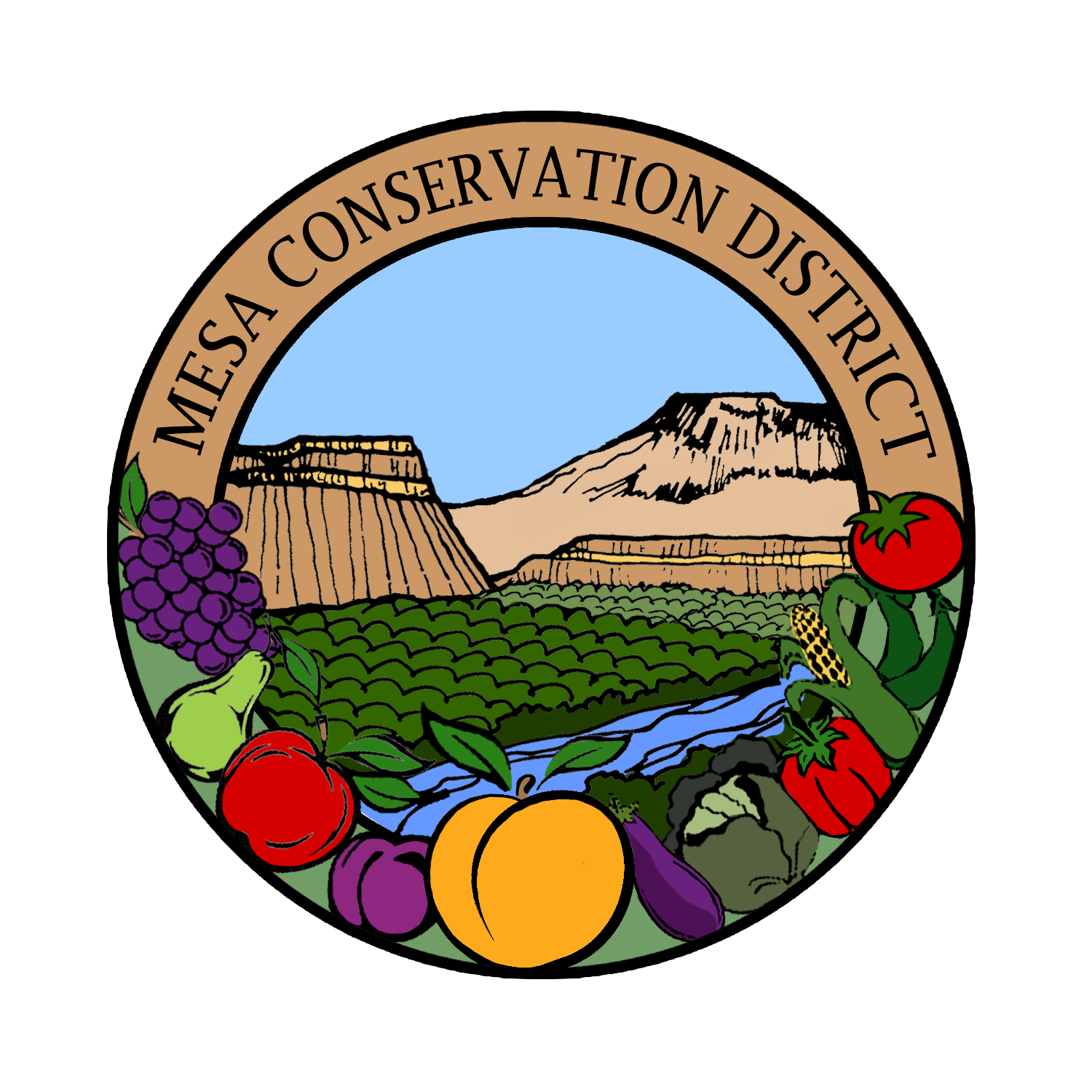
Five Principles of Soil Health
-
Minimize Disturbance
-
Soil Armour
-
Maximize Presence of Living Roots
-
Plant Diversity
-
Livestock Integration
Minimize Disturbance
Reduced till/no-till can aid in plant growth, reduce soil erosion, and provide important wildlife habitat. It also improves soil stability and reduces soil erosion
Click the Buttons Below to learn more about NRCS Conservation Practices for Soil Armour:
Soil Armour
Keeping soil covered with cover crops, annual crops, crop residues, and perennial crops protects soil from wind and water erosion. It allows for an environment that sustains and nourishes plants, soil microbes, and beneficial insects and pollinators.
Click the Buttons Below to learn more about NRCS Conservation Practices for Soil Armour:
Maximize Presence of Living Roots
Living roots provide the easiest source of food for soil microbes, feeding the soil food web. Living roots present in the soil allow for land stability, protection against soil compaction, nutrient cycling within the soil, and erosion control.
Click the Buttons Below to learn more about NRCS Conservation Practices for Living Roots:
Plant Diversity
Diversity above ground improves diversity within the soil, which creates healthy productive soils. Planting a variety of species is necessary to improve biodiversity. Lack of biodiversity limits soil potential and increases disease and pest problems. Biodiversity is vital to healthy soil, meaning it is vital to successful agriculture and ecosystems.
Click the Buttons Below to learn more about NRCS Conservation Practices for Soil Armour:
Livestock Integration
Livestock grazing can increase soil organic matter which improves soil fertility and creates a nutrient-rich environment. Livestock grazing also reduces crop and cover crop waste, can help prepare soil for crops with grazing cover crops, removes weeds, and reduces pests.
Click the Buttons Below to learn more about NRCS Conservation Practices for Livestock Integration:





